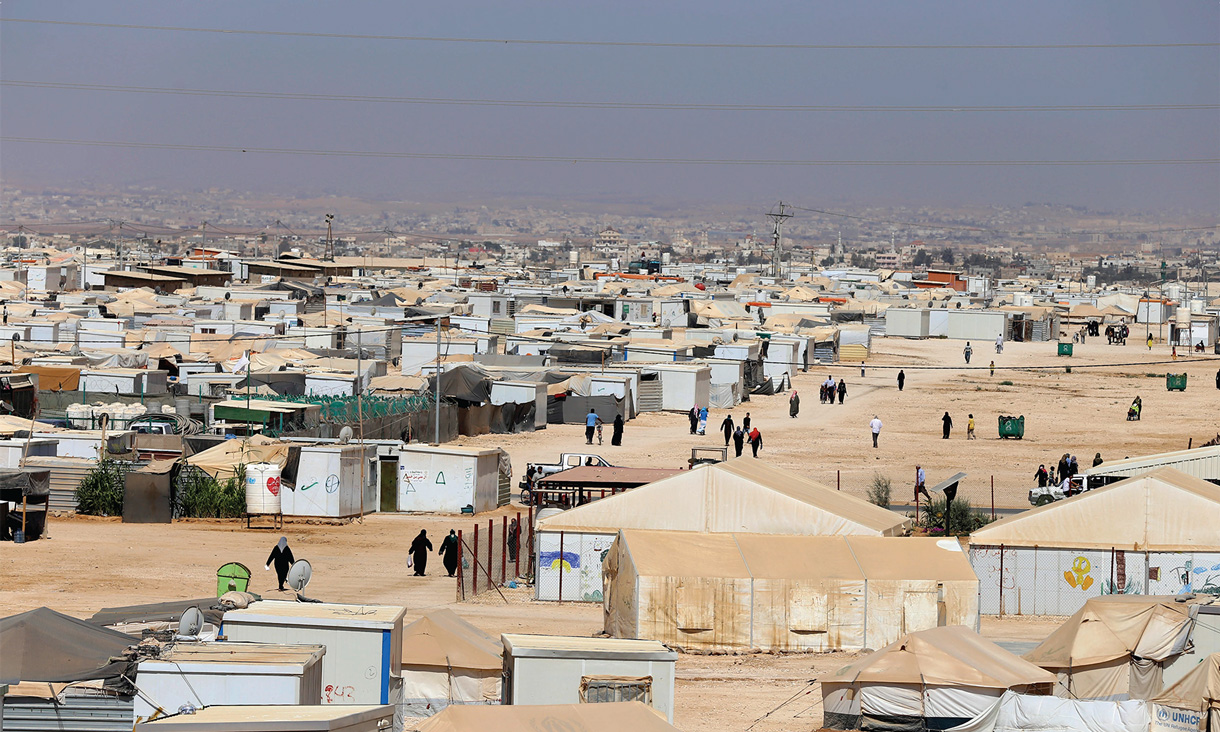Industry relevance and interdisciplinarity
"There are two main real issues. Firstly, to be industry relevant, how do our students and our graduates remain relevant to the competing industry needs of the private, public and international development sector? And secondly, how do we truly be interdisciplinary and work with our colleagues in public health, education, economics and logistics to train our students to deal with the great global challenges of our time?"
Esther Charlesworth
Professor of Architecture and Urban Design, RMIT University
Knowledge of local cultures
"The main challenge is how to gain a sufficient in-depth knowledge of local cultures because quite often we come from cultural backgrounds that are different from the areas where we end up working. This means finding ways and tools of doing the background research and actually getting into that lived reality of the people in question in the communities we're working with."
Saija Hollmen
Vice Dean for Art and Creative Practises, Aalto University
Adaptability and taking a stand
"It's very important that as designers we can adapt ourselves to situations that are outside of our traditional training. And to recognise that it’s not only about designing but also about taking a stand - we cannot be neutral on what’s happening around the world."
Raquel Colacios
Assistant Director, MSc International Cooperation in Sustainable Emergency Architecture, International University of Catalonia
Humanitarian sector expertise
"There's a huge body of knowledge that’s different from the one that’s typically taught at design universities. Design practitioners need to learn and stay current with issues related to humanitarian architecture and policies as well as best practices that have been developed in the humanitarian world – both past and present.”
Miguel Urquia
Senior Emergency Shelter Coordinator, UNHCR, the UN Refugee Agency
The second edition of the Design, Disaster and Development Research Forum – Learning from Urban Crises: 2019 took place from 29 August to 30 August at RMIT Europe in Barcelona.
It was coordinated by RMIT University, UIC Barcelona and Aalto University and brought together leading built environment academics from universities across Europe to discuss how to deal with the pedagogic, spatial and research challenges of global mobility, migration and social inequality.
Read the Design, Disaster & Development Research Forum Report.
Story: Marlen Kakkori




